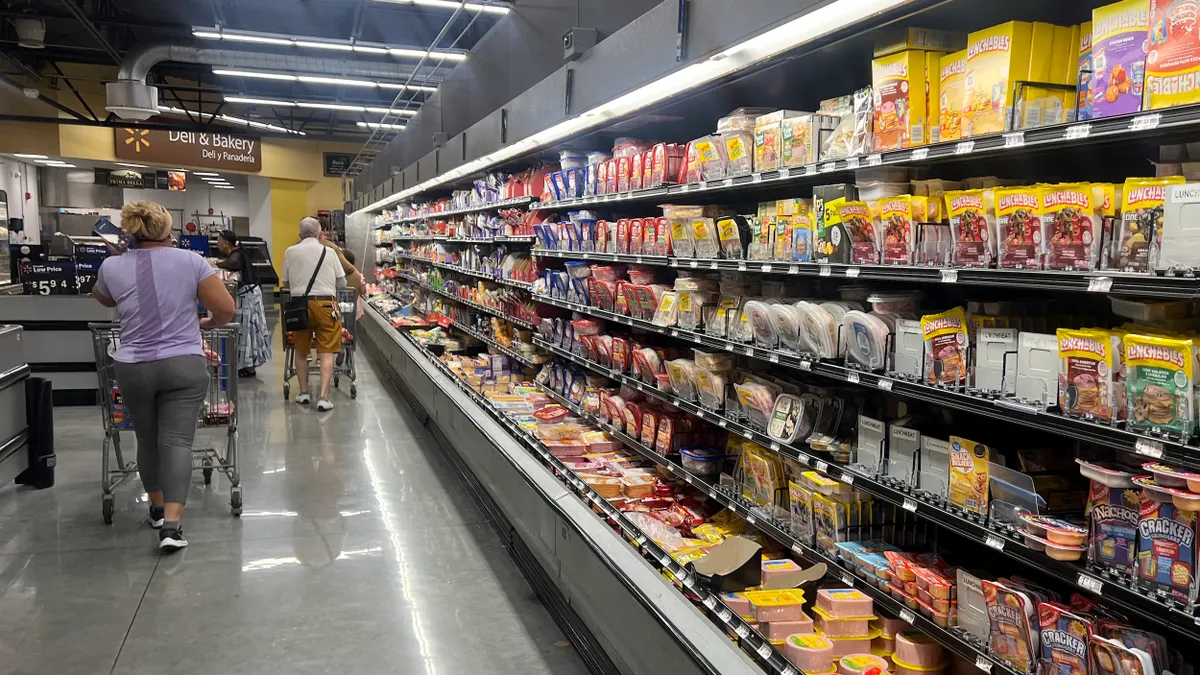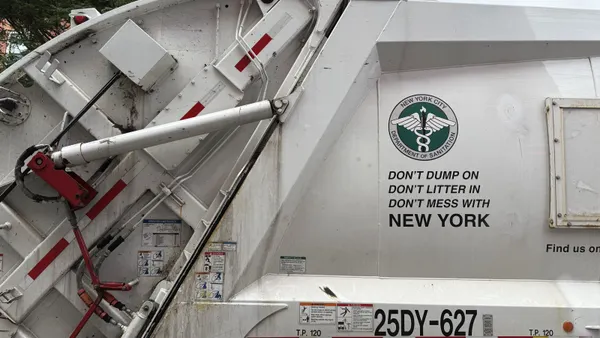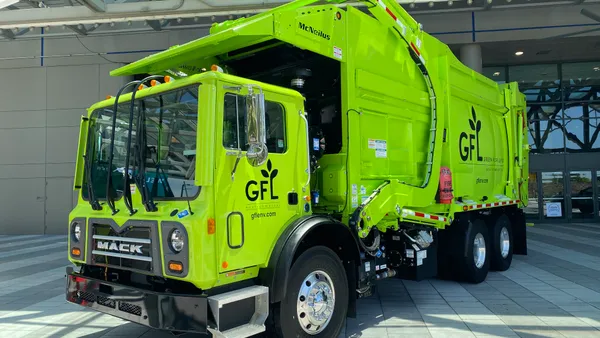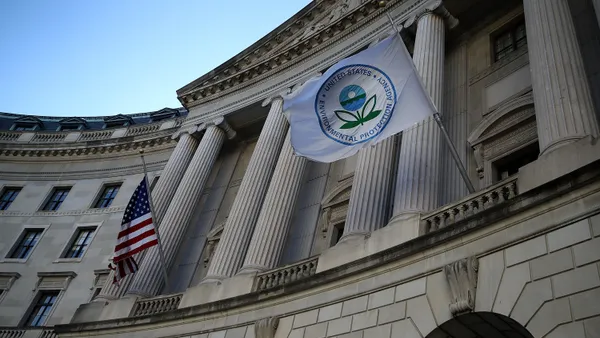Dive Brief:
- New research from the Johns Hopkins Center for a Livable Future, published in November's Global Environmental Change, says that up to 47% of the edible U.S. seafood supply is lost each year, mostly from consumer waste.
- The supply is about 4.7 billion pounds a year, and 2.3 billion pounds is wasted: 330 million pounds in distribution and retail, 573 million pounds to bycatch (when commercial fishers catch the wrong species and then discard it) and 1.3 billion pounds at the consumer level.
- The report comes as Americans are urged to eat more seafood, and the global seafood supply is strained by overfishing, climate change, pollution, habitat destruction, and the use of fish for other purposes besides human consumption.
Dive Insight:
Food waste has been a fiery topic in the industry lately, as more than 133 billion pounds of food supply is wasted in the United States. While the waste can be recycled and used for biofuel for waste-to-energy plants — as well as for creating compost and fertilizer — it's best to avoid tossing it in the first place.
The researchers had suggestions to reduce seafood waste, including limiting the percent of bycatch that can be caught, packaging seafood into smaller portion sizes, and encouraging consumer purchases of frozen seafood.
Roni Neff, director of the Food System Sustainability and Public Health Program at CLF and an assistant professor at the Bloomberg School of Public Health, said, "It would generally be preferable for the fish that becomes bycatch to be left alive in the water rather than eaten, and due to seafood's short shelf life, it may be particularly challenging compared to other food items to get the remaining seafood eaten or frozen before it decays."
Last week, the USDA and EPA announced the first-ever national food waste reduction goal, calling for a 50% reduction by 2030. This goal may also assist in cutting down seafood waste.












